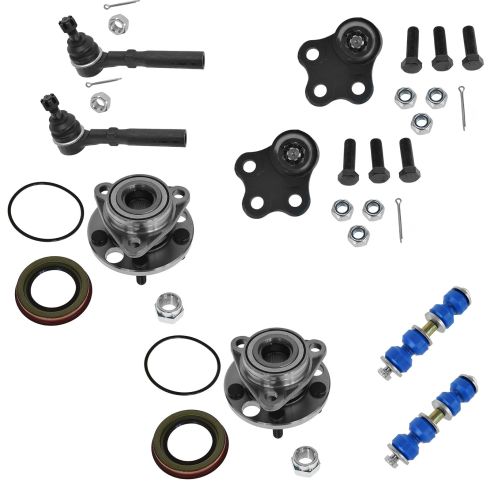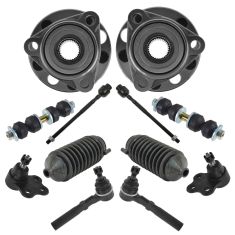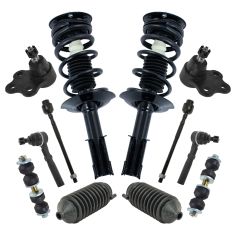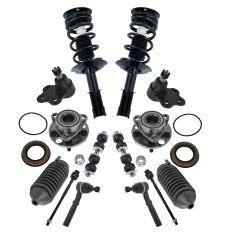1ASFK02116-1997-05 Chevrolet Cavalier Pontiac Sunfire Front 8 Piece Steering, Suspension, & Drivetrain Kit TRQ PSA56243

Replaces
2004 Chevrolet Cavalier Front 8 Piece Steering, Suspension, & Drivetrain Kit TRQ PSA56243

Product Reviews
Loading reviews
4.50/ 5.0
2
2 reviews
Takes a beating
October 23, 2017
This is def a good deal. You would be stupid if u didnt take advantage of this great offer
EXCELLENT
October 22, 2018
1A Auto knocked it out of the park!
Great product, extremely fast shipping.
Got it right the first time!
Highly recommend and I'll certainly shop here again!
Thanks for a great product and warranty!
Customer Q&A
No questions have been asked about this item.
Chevrolet is a registered trademark of General Motors Company. 1A Auto is not affiliated with or sponsored by Chevrolet or General Motors Company.
See all trademarks.























